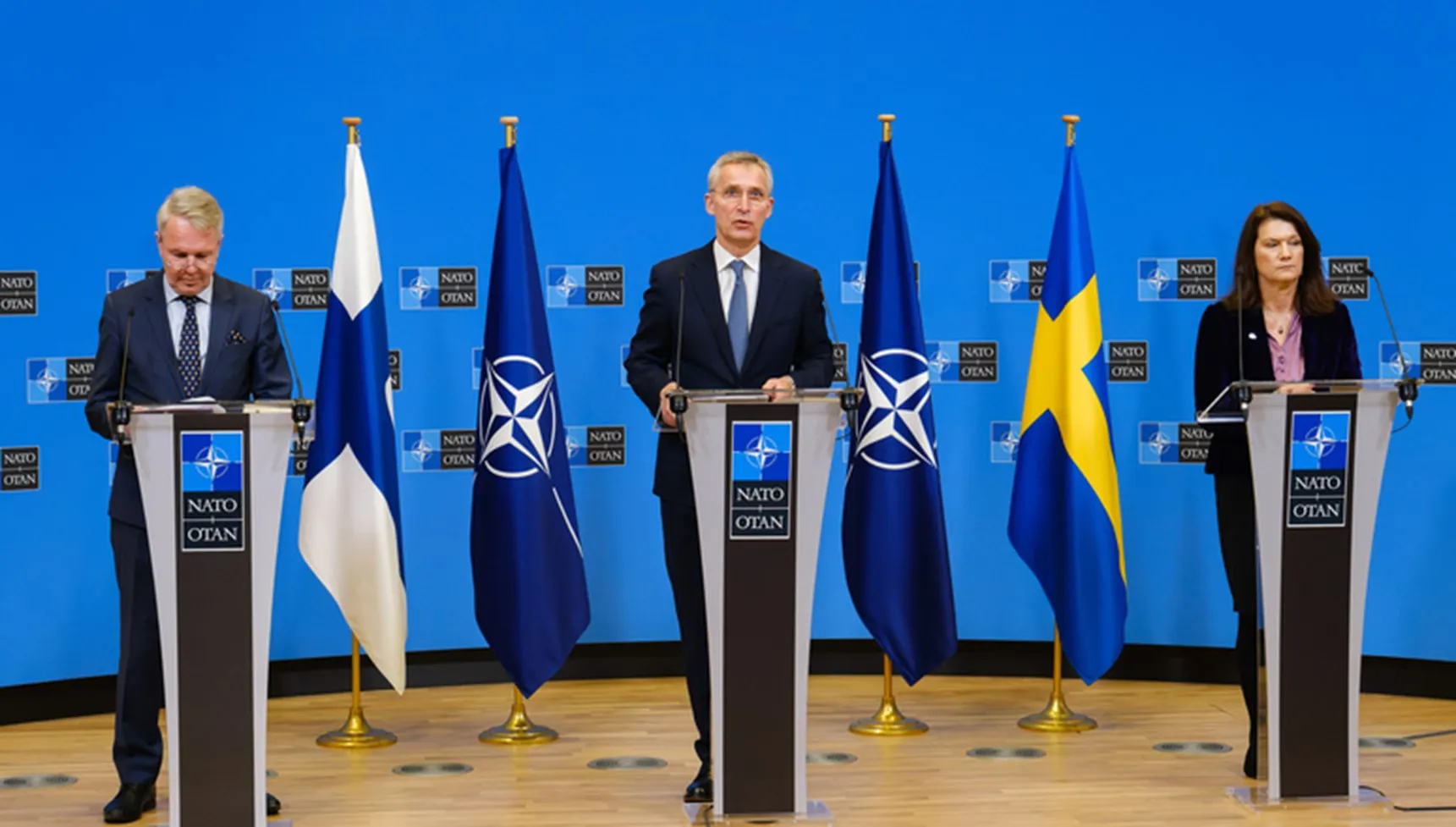
From Neutrality to NATO
A historic transformation is taking place across the icy expanse of Scandinavia. Decades of carefully cultivated neutrality are being abandoned in favor of a new strategic realignment driven by a chilling reality: Vladimir Putin’s Russia poses a clear and present danger. This newfound vulnerability, underscored by Putin’s recent warning to Finland following its NATO accession, has pushed the Nordic nations into a deeper embrace of the United States, forging a military partnership with far-reaching implications for regional security and the global balance of power.
Finland Leads the Charge
Finland has balanced its relationship with its powerful eastern neighbor for decades while carefully safeguarding its sovereignty. Haunted by the scars of the Winter War of 1939-40, Finland has maintained cordial relations with Russia while meticulously avoiding provoking it. However, the brutal invasion of Ukraine shattered this uneasy equilibrium. Witnessing the unprovoked aggression unleashed on a fellow democracy, Finland, along with Sweden, abandoned its neutrality and sought the collective security umbrella of NATO. This historic decision signified a dramatic shift in Finnish defense policy, moving beyond self-reliance to actively partnering with a major power to deter Russian aggression.
The Defense Cooperation Agreement
The Defense Cooperation Agreement signed between Finland and the US marks a tangible consequence of this strategic recalibration. The pact grants the US military broad access across Finland, facilitating joint training, enhancing interoperability, and potentially allowing for the stationing of US troops near the 1,340-kilometer border with Russia. This move signifies a dramatic shift in Finnish defense policy, moving beyond self-reliance to actively partnering with a major power to deter Russian aggression. Finland’s Defense Minister Antti Hakkanen aptly characterized the agreement as a “strong sign of US commitment to the defense of Finland and the whole of northern Europe.”
Putin’s Fury
Sweden’s Parallel Path
Sweden, Finland’s Nordic neighbor, is on a similar trajectory. Having applied for NATO membership alongside Finland, its path has been temporarily stalled by Turkish objections. However, the broader dynamics are clear: Scandinavia firmly aligns with the West, seeking the security guarantees that NATO and US cooperation provide. Denmark has cemented its place within this emerging alliance, signing a ten-year agreement allowing US troops and equipment on its soil.
Beyond Deterrence
The implications of this Nordic entrenchment are far-reaching. For the region, it offers a robust deterrent against Russian aggression, bolstering collective defense and mitigating the risk of isolated attacks. For the US, it establishes a strategic foothold in a critical geopolitical theater, allowing for closer monitoring of Russian activities and enhanced projection of power across the Baltic Sea. However, this newfound alignment is not without its risks. Increased militarization could potentially escalate tensions with Russia, and the long-term consequences for regional stability remain uncertain.
A New Cold War on the Horizon?
One thing is clear: Putin’s miscalculation has backfired spectacularly. His aggression in Ukraine has not cowed Scandinavia but instead driven them into the arms of the US. Once content with neutrality, the Nordic nations are now determined to stand firm against Russian expansionism, forging a security partnership with the US that will reshape the geopolitical landscape of the Baltic Sea region for years to come. Whether this new constellation of power can deter further aggression or inadvertently spark a broader conflict remains to be seen. However, one thing is certain: the icy winds of Scandinavia now carry the unmistakable scent of a new Cold War, one with far higher stakes and potentially even grimmer consequences.
